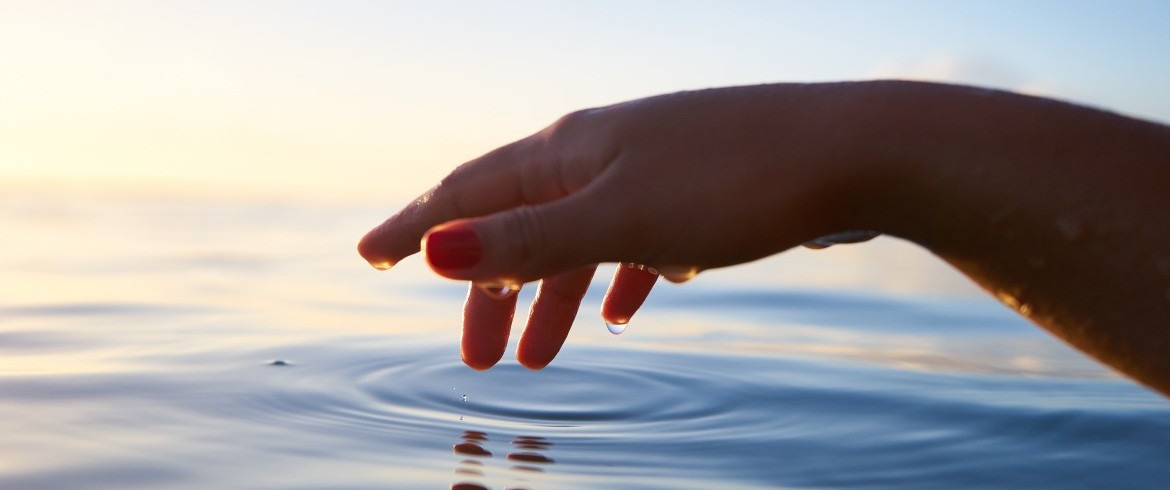Oceans cover almost three quarters of the our Earth’s surface and are home to a huge number of animals: from tiny plankton to the world’s biggest animal, the blue whale. The entire habitat is threatened by a common enemy. We are talking about plastic.
The Ocean is of major importance for our ecosystem, but is also constantly put in danger because of the carelessness and actions of men against it. On the 8th of June, we will celebrate Oceans together, during the World Oceans’ Day.
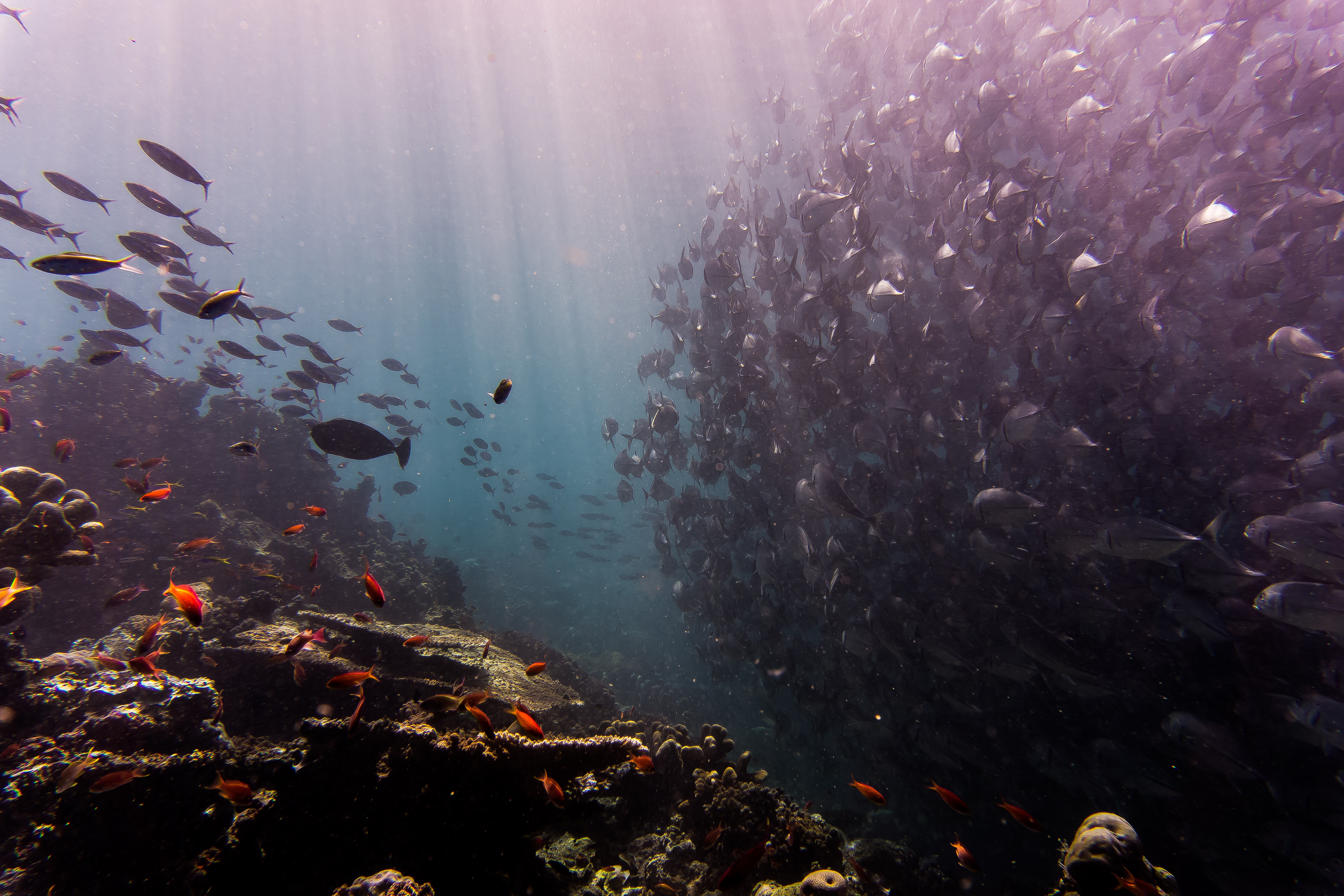
June 8th: World Oceans Day

To celebrate the ocean and to work together for a better future. These are the leading purposes of the World Oceans Day. The United Nations made this valuable initiative official in 2008 and chose June 8th as the event’s day, to protect and safeguard our oceans as well as the whole Earth.
Oceans provide oxygen, represent 97% of waters of the planet and regulate climate. Moreover, they are fundamental food sources for our ecosystem.
Despite being of such importance, many human activities threaten them and put them in huge danger. Among the many risks, there is illegal fishing, sea pollution (not only due to transport ships and cruises, but also to activities on dry land!) and climate change.
Plastic: a non-stopping dangerous threat
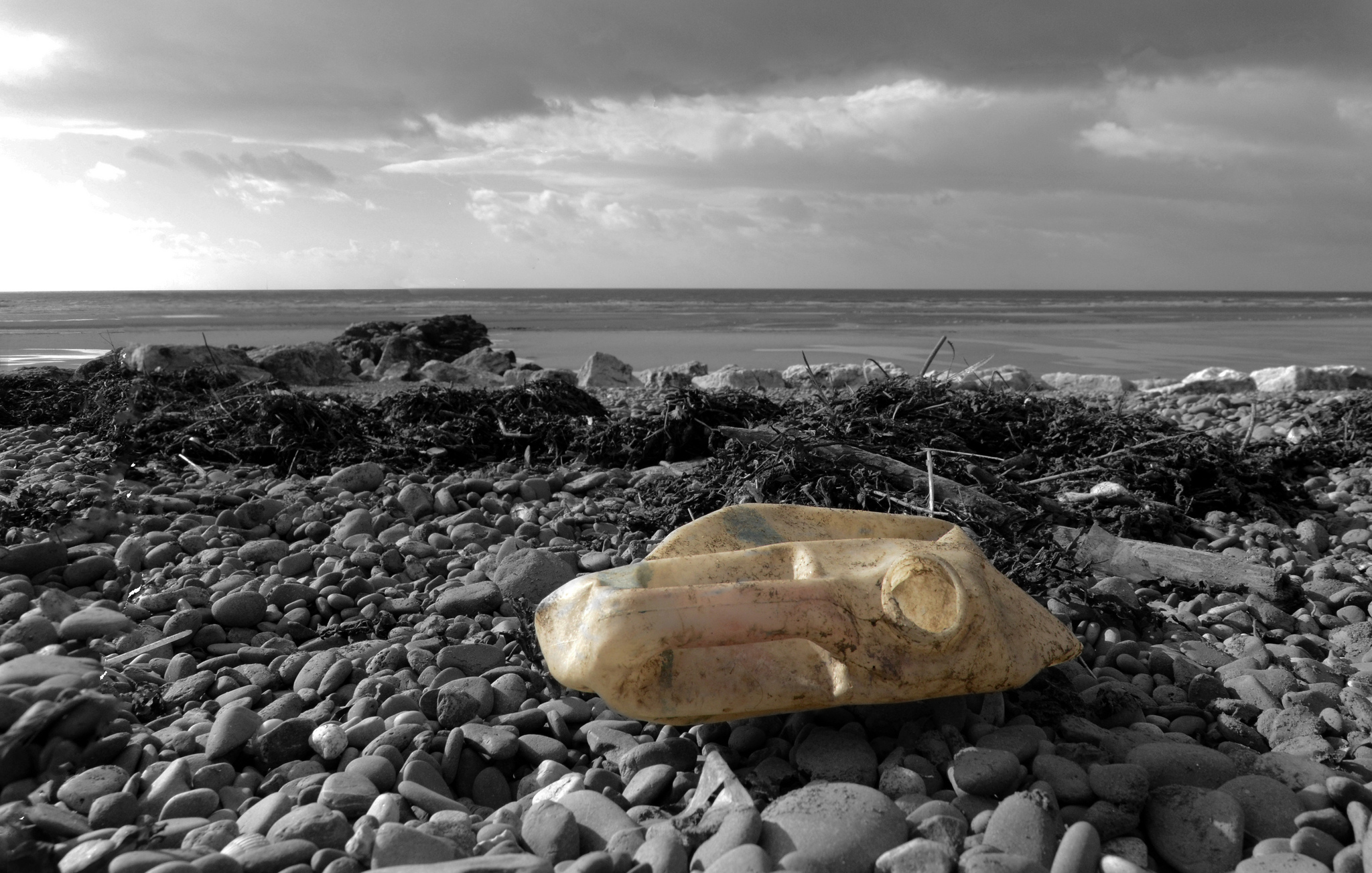
From plastic to pollution emissions, the ocean is put at risk by many threats. Plastic is now part of our everyday life, from bottles and packaging, to clothes, cosmetics, disposable products and many more. Here are some numbers to help us understanding the size of the problem.
In the 1950s 2 million tons of plastic per year were produced, but the number has grown to 380 million tons in 2015. Plastic waste has reached so far 8,3 billion tons, weighing just as much as 1 billion elephants together!
According to the University of Georgia, the main responsible for this situation is China, followed by Indonesia, Philippines, Thailand and Vietnam. This 5 countries alone produce 60% of the entire world’s plastic waste.
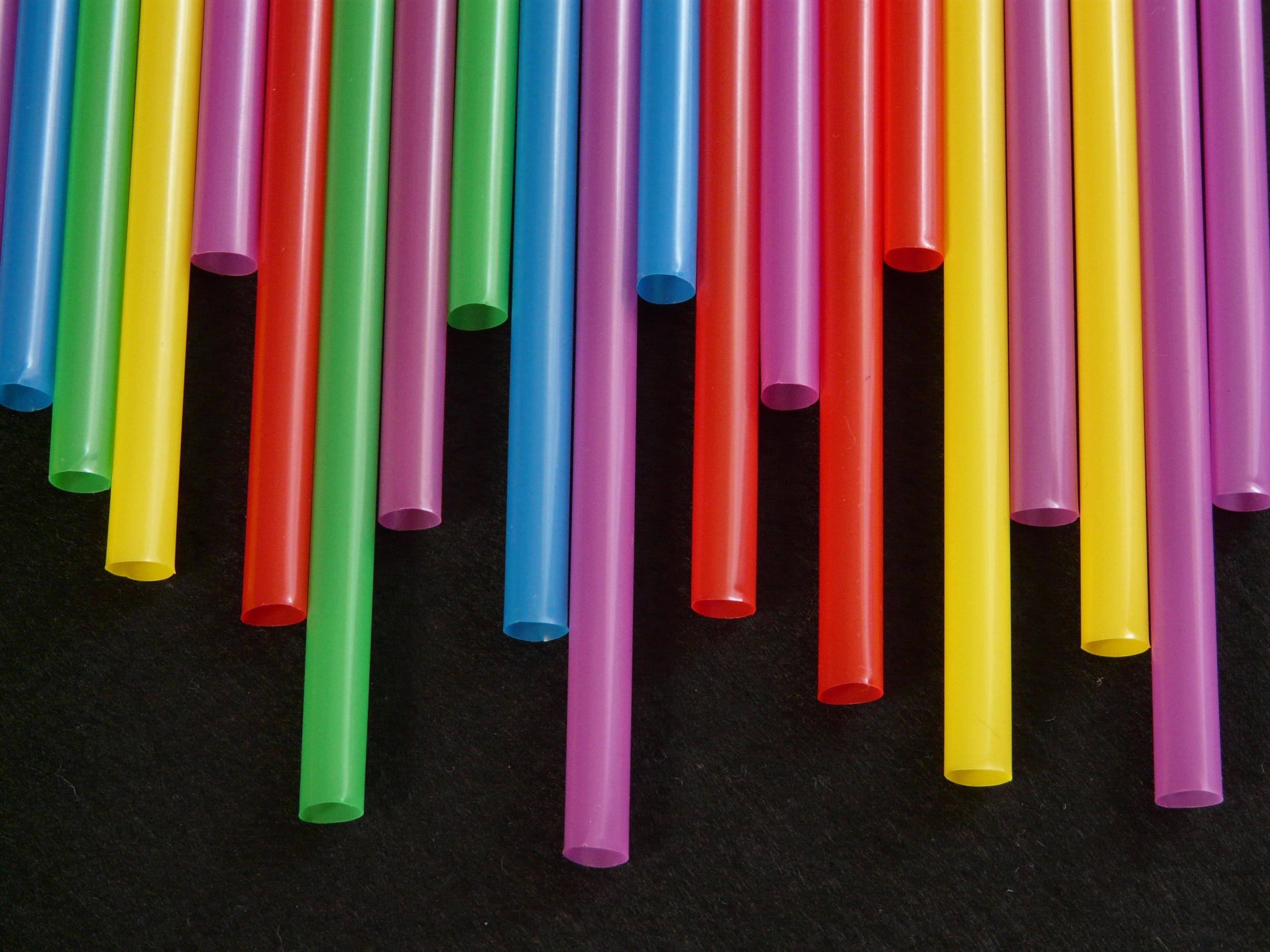
But how is waste managed? Unfortunately only 9% can be recycled, while 20% is incinerated. The rest ends up being abandoned: many million tons of waste are dumped in the sea.
Plastic pollution has so much grown, that in the Pacific Ocean an island entirely made of plastic was created: from the 1980s, water movements generated a vortex in such a way that plastic and other materials would get trapped into it. Its surface is said to be of about 10 million squared kilometers!
But there’s more to it. When plastic is left under the sunlight for a long time, it starts decomposing in small beads of 1/3 of millimeter in diameter. These micro-plastics are also released by artificial fabrics in washing machines, or even by plastic products in the industrial manufacturing. And exactly because of their small size, they can reach the ocean very easily.
Consequences on sea-life

The worst effects of plastic pollution can be seen especially underwater.
If plastic packaging and fishing nets remain intact and get to the oceans without being broken or divided, animals risk getting caught by them, with no chance of liberating themselves. From polar bears and whales, to seals and and sea turtles, more than 30’000 cases were reported in the past few years.
But if animals run into micro-plastics, which contain lots of dangerous chemicals, they often mistook them for food. When eaten, these can lead to suffocation and death, or sometimes they can even end up on our table.
What can we do to help the ocean?
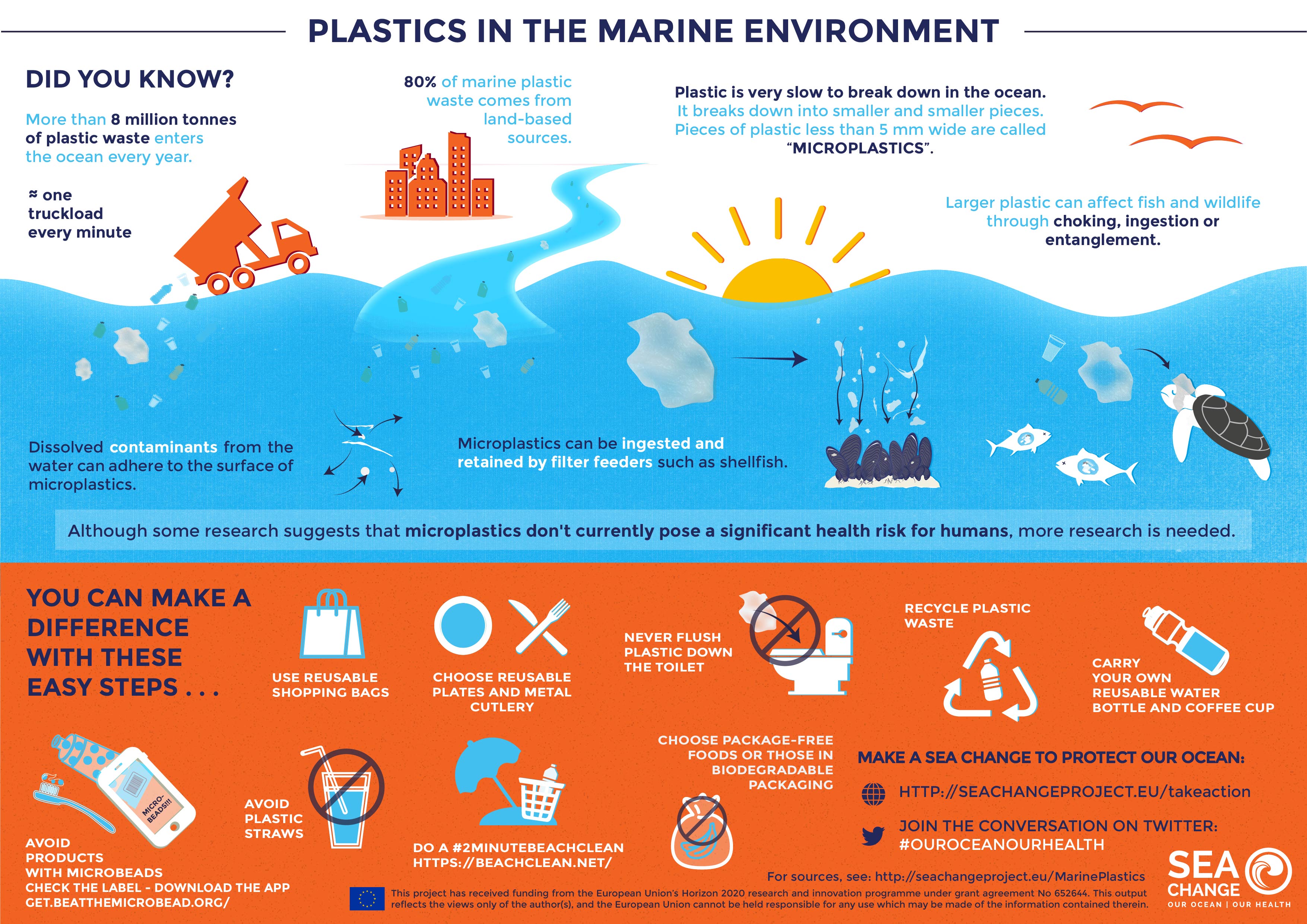
Prevention is surely better than cure. Each of us can help contributing to spare oceans this great threat they have to face everyday, along with our Planet’s life.
As shown by the infographic above, the tips to save our oceans’ health are very simple. Here you’ll find some of them:
- Avoid products containing microbeads, as toothpaste, lotions and soaps;
- Do not use disposable products, in order to waste less;
- Prefer reusable (or biodegradable) shopping bags, bottles and storage boxes to those made of plastic.
Together against plastic waste: new EU regulations
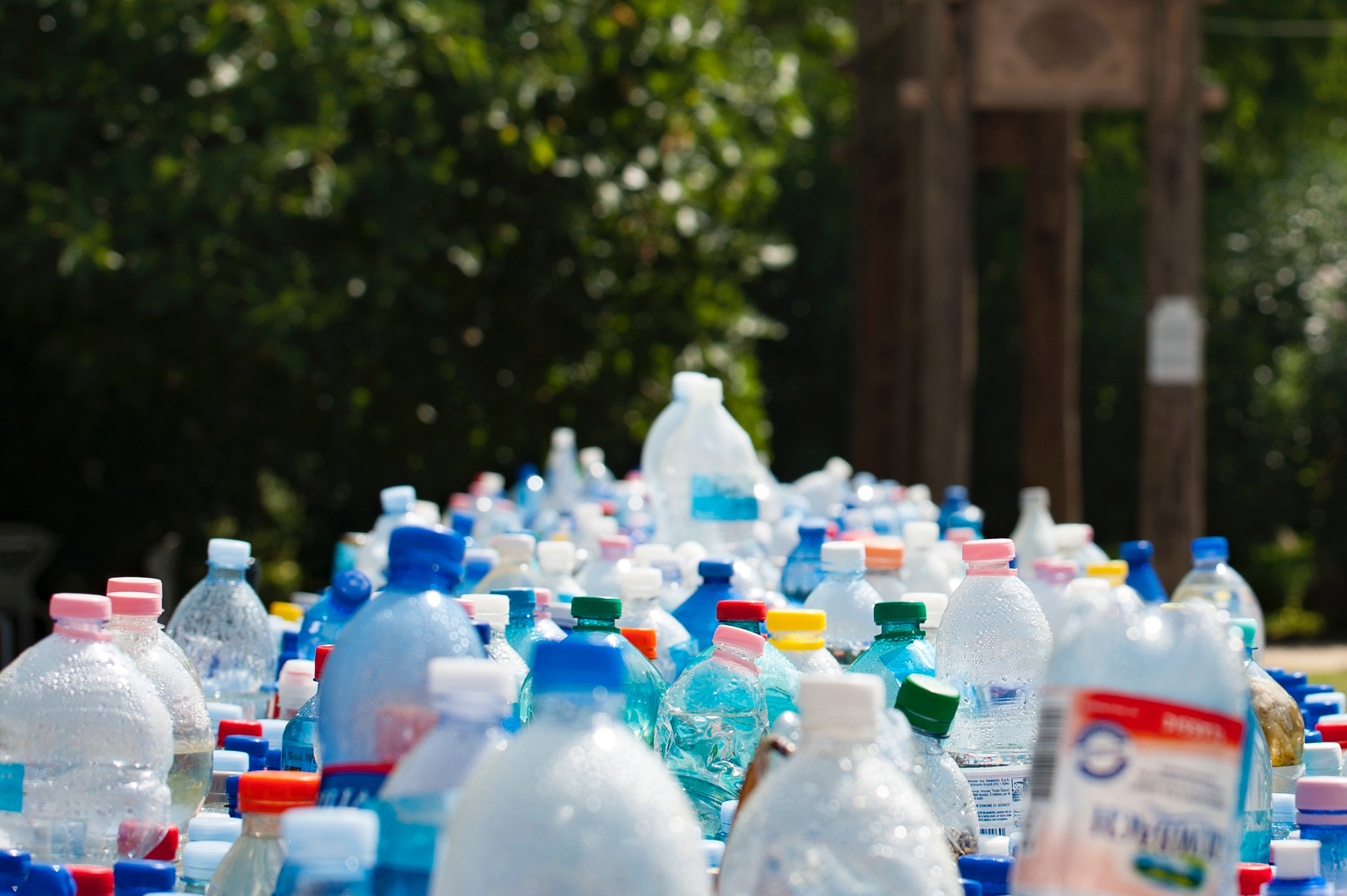
Just a few days ago, on May 28th, the European Commission published the new norms to fight plastic pollution in the ocean. In fact, they will ask the European Parliament the elimination of 10 plastic products we can usually find in supermarkets, as cotton buds, cutlery, plates, straws, drink stirrers and sticks for balloons.
Producers will be encouraged to look for alternative materials, not only for these products but also for food containers, packets and wrappers. In this way, environmental degradation for 22 billion euros will be spared before 2030.
Our oceans’ health and well-being are precious and it really takes only little effort to help. Celebrate oceans on June the 8th and find out all the events and projects here.
